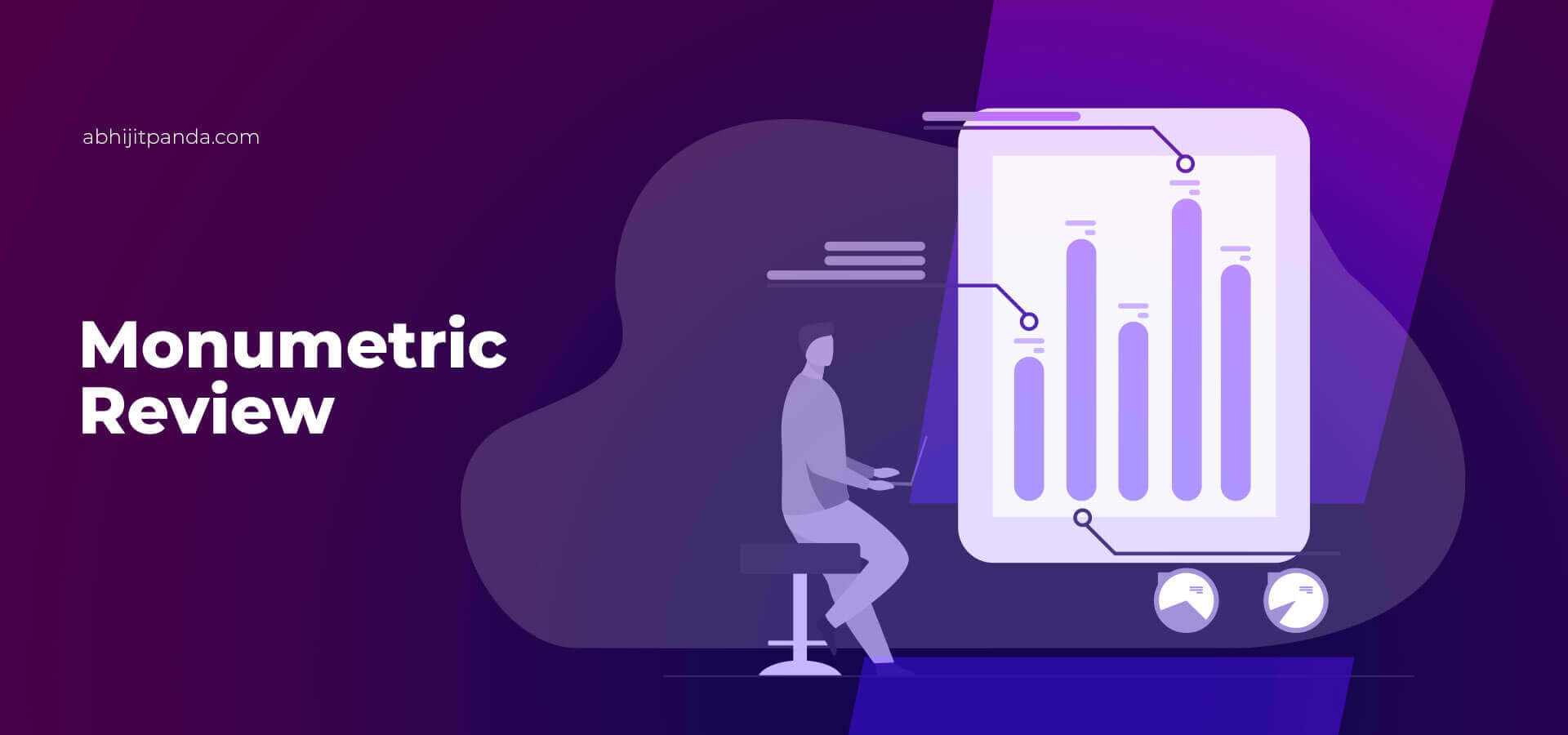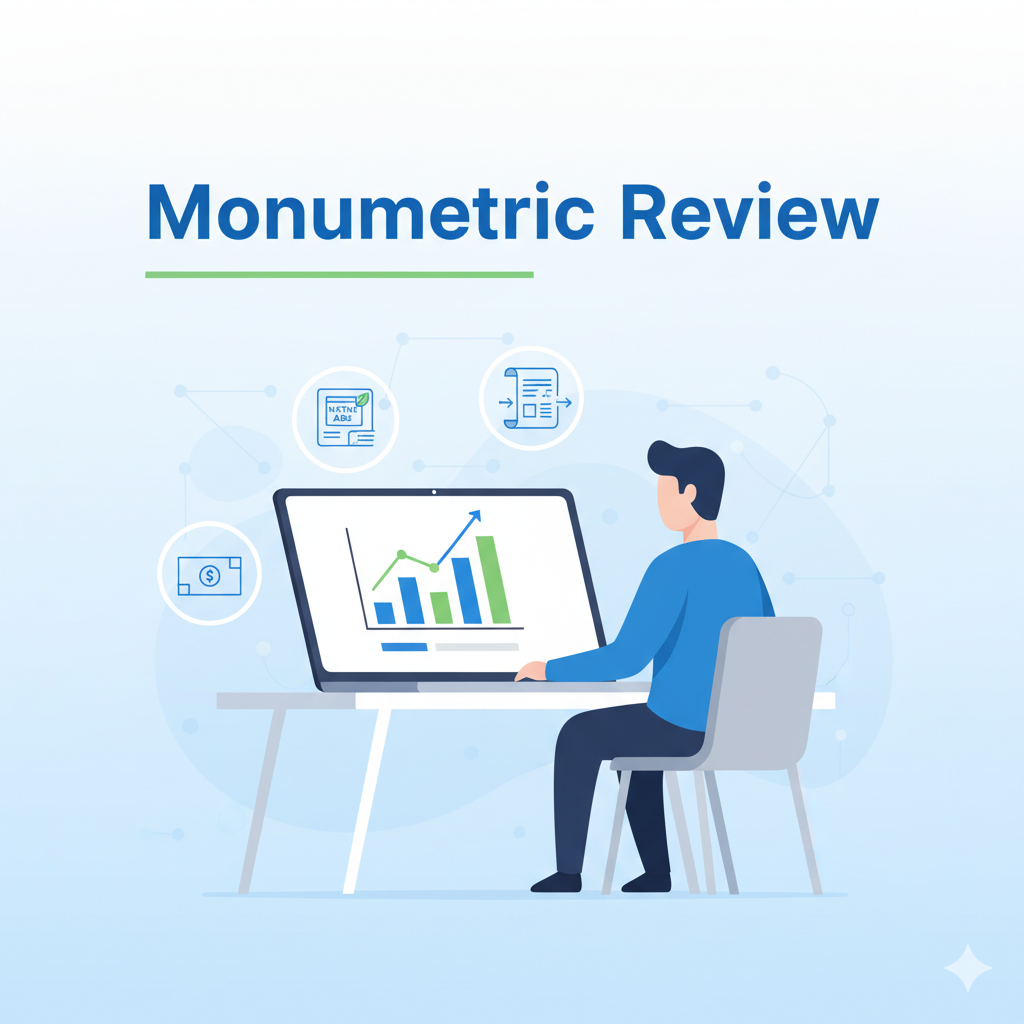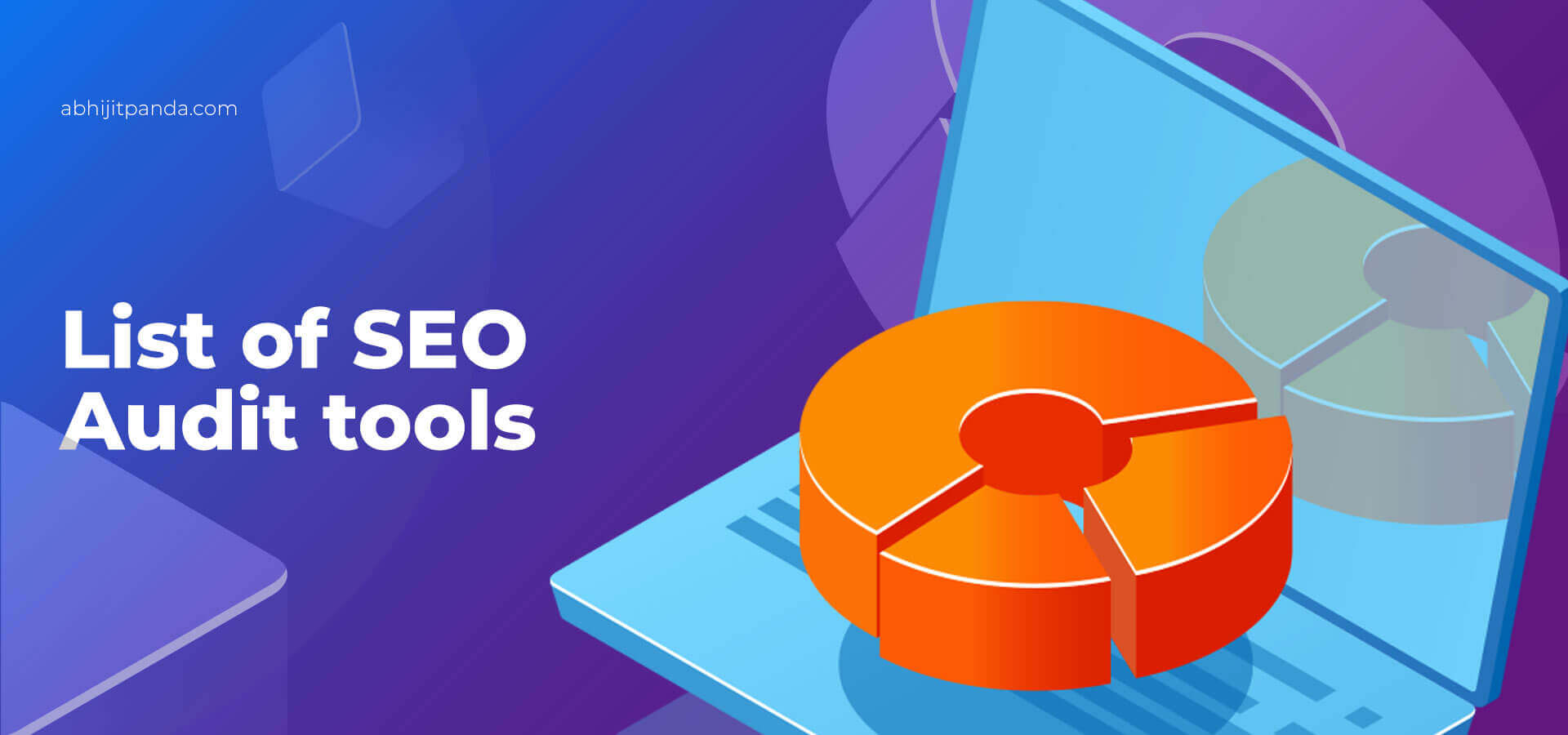 Monumetric Review
Monumetric Review
Monumetric is a prominent ad network that empowers bloggers and website owners to monetize their content effectively. Formerly known as The Blogger Network, Monumetric rebranded in 2016 with a mission to assist clients in generating revenue through tailored advertising solutions. This Monumetric review delves into the advantages and disadvantages of using Monumetric, outlines the onboarding process, and offers insights to help you determine if it’s the right fit for your website.
What Is Monumetric?
Monumetric is a full-service ad network that specializes in helping publishers monetize their websites through display advertising. By offering a range of ad units and personalized support, Monumetric aims to optimize ad revenue while maintaining a positive user experience. They cater to publishers of varying traffic levels through four distinct programs:
Propel: For websites with 10,000 to 80,000 monthly page views.
Ascend: For websites with 80,000 to 500,000 monthly page views.
Stratos: For websites with 500,000 to 10 million monthly page views.
Apollo: For websites exceeding 10 million monthly page views.
These programs allow publishers to scale their ad monetization efforts in alignment with their website’s growth. The programs create opportunities for bloggers to earn recurring income during various pages of the website grows. But bloggers must remember that Monumetric, like other popular ad networks for websites and apps, has its own pros and cons.

How to Join Monumetric: Step-by-Step Onboarding Process
To make your Monumetric review more actionable, add a step-by-step guide on how website owners can join and implement Monumetric ads.
Step 1:
Visit the Monumetric website and click on the “Apply” button.
Enter details such as website URL, niche, and monthly page views.
Step 2:
Wait for approval. Monumetric requires a minimum of 10,000 monthly page views.
For websites with 80,000+ monthly page views, Monumetric offers the “Monumetric Propel Program”, which provides better ad rates and performance.
Step 3:
Once approved, Monumetric provides a code snippet to insert into your website.
The Monumetric team assists with ad placement optimization to maximize earnings.
Monumetric Review: Advantages
Managed Ad Services
The self-service ad networks require bloggers to create and run online ad campaigns. But Monumetric offers managed ad services that take care of setting up, tracking, managing, and reporting various ad units. Hence, bloggers do not need to focus on the creation and placement of ad units. They can focus on increasing the number and quality of blogs after allowing Monumetric to access the website’s dashboard.
Varying Ad Units
Monumetric is one of the ad networks that support a wide range of ad units – leaderboard, medium rectangle, half page, skyscraper, small display ads, collapsible display ads, in-image ads, rich media ads, and native ads. The various ad formats create many ad placement options. Also, they help bloggers earn more by increasing ad impressions and clicks. At the same time, the team at Monumetric boosts ad revenue by finding the best ad combinations.
Multiple Revenue Models
Most of the popular ad networks for bloggers support a single revenue model. But Monumetric supports two widely used ad revenue models – pay-per-click (PPC) and pay-per-view (PPV). Hence, a blogger earns revenue each time a website visitor spends time on the website or clicks on the display ads. The multiple revenue models create opportunities for bloggers to increase recurring income effortlessly.
Options to Increase Ad Income
Monumetric creates opportunities for bloggers to increase ad revenue by increasing monthly page views. The blogger can further increase income by deciding the type of ad units to be displayed on the blog. Likewise, they can keep the visitors engaged by disabling irrelevant display ads on specific pages. The bloggers can further increase revenue by 2% simply by requesting publishers to switch from other ad networks to Monumetric.
Personal Support
Monumetric scores over other popular ad networks for blogging websites and apps in the category of personal support. Every blogger has the option to interact with a dedicated representative once her blog is approved by Monumetric. Hence, she can generate more ad revenue by creating and fine-tuning strategies by collaborating with seasoned professionals. The representative can further make the display ads more impactful by suggesting relevant changes to the blogger.
Monumetric Review: Disadvantages
Minimum Monthly Page Views
As mentioned earlier, Monumetric allows bloggers to choose from four programs according to monthly page views. However, a blogger can join the programs only when the website’s monthly page views exceed 10000. Hence, bloggers have to put in extra time and effort to grow their blogs before applying for the programs launched by Monumetric.
Approval Period
Monumetric generates ad revenue by collaborating with several partner networks. It starts running ads on the pages only after the blogs are approved by relevant network partners. Hence, the ad network takes approximately 3 months to approve the blogs and run display ads.
Payment Threshold
At present, Monumetric supports a net-60 payment schedule. Hence, a blogger will receive payment 60 days after the end of the month. Hence, she has to wait for almost two months to receive payment. For instance, a blogger will receive the income earned in January only in April. The delay often impacts the finances of professional bloggers.
Setup Fees
Monumetric does not require bloggers to pay any implementation fees if the website’s monthly page views exceed 80000. However, the blogger needs to pay $99 as set-up fees to join the programs launched by Monumetric if the monthly page views are less than 80000. The setup fees make the application procedure expensive for beginners and novice bloggers.
Monumetric Review: Considerations
Many content creators and publishers increase revenue by opting for Monumetric as an alternative to Google AdSense. Many bloggers compare it with other popular ad networks like Monumetric. Interested readers can check out Monumetric vs Mediavine. Every blogger has the option to earn and increase revenue by choosing from four programs launched by the ad network. The programs enable bloggers to earn from $5 to $15 for every thousand impressions. Also, the ad network will make payments according to a net 60 payout schedule.
However, the earnings will vary according to the blog niche. Also, a blogger can earn more revenue if most of the website traffic is coming from three specific countries – the USA, the UK, and Canada. While evaluating and reviewing Monumetric, bloggers must remember that many ad networks support higher payment thresholds and lower minimum monthly sessions.
Tips to Maximize Your Earnings with Monumetric
To add practical value, include a section with tips for maximizing Monumetric revenue.
Optimize Ad Placement for Higher Visibility
To maximize your revenue with Monumetric, strategic ad placement is essential. Prioritize high-visibility areas, such as above-the-fold sections, within content, and near call-to-action buttons, as these locations tend to generate higher click-through rates (CTR). Placing ads where readers naturally pause or engage ensures they receive more impressions, boosting potential earnings.
Additionally, leveraging Monumetric’s expert ad placement service can help you fine-tune ad positioning for optimal results. Their team uses data-driven insights to identify the most effective placements without compromising user experience. By regularly A/B testing ad positions, you can find the most profitable layout and maximize your website’s ad revenue.
Leverage Sticky and In-Content Ads
Incorporating sticky and in-content ads is a proven strategy to increase revenue potential. Sticky ads remain visible as users scroll, ensuring continuous exposure and generating more impressions. These ads are particularly effective on long-form content pages, where visitors spend more time scrolling, boosting viewability rates.
In-content ads, placed naturally within the article, capture the reader’s attention without being intrusive. Monumetric offers optimized in-content ad formats that blend seamlessly with your content, improving user engagement and CTR. By combining sticky and in-content ads, you can maximize ad exposure without overwhelming your audience.
Prioritize Mobile Optimization
Since a significant portion of web traffic comes from mobile devices, optimizing your Monumetric ads for mobile is crucial. Ensure your website uses a responsive design that automatically adjusts ad placements for different screen sizes. This guarantees that ads load quickly and display correctly, preventing poor user experiences or ad-blocking issues.
Additionally, consider using mobile-specific ad formats, such as sticky footers or interstitial ads, which are highly effective on smaller screens. Faster-loading ads and a smooth mobile experience will lead to higher ad viewability rates, ultimately increasing your revenue.
Use High-Performing Ad Formats
To maximize your Monumetric earnings, experiment with various ad formats to identify the most profitable ones. Native ads, which blend naturally with your content, often have higher CTRs because they appear less intrusive. Interstitial ads, displayed between content or page transitions, also generate significant revenue due to their full-screen visibility.
It’s essential to track performance metrics regularly to determine which ad formats deliver the best results. By diversifying your ad formats, you can reduce ad blindness and maximize your revenue potential.
Regularly Monitor and Optimize Ad Performance
Continuous monitoring and optimization of your Monumetric ad performance are essential for maximizing revenue. Use Monumetric’s analytics dashboard to track key metrics such as RPM (Revenue per Mille), CTR, and viewability rates. Analyzing this data will help you identify underperforming ad units and make necessary adjustments.
Regularly test new ad placements, formats, and combinations to find the most profitable setup. You can also experiment with seasonal ad strategies—for example, increasing ad density during high-traffic periods—to maximize earnings. By continuously refining your ad strategy based on performance insights, you can significantly boost your Monumetric revenue over time.

Tips to Maximize Your Earnings with Monumetric
Monumetric vs Other Ad Networks: Key Comparisons
To add informational depth and SEO value, include a section comparing Monumetric with other ad networks, highlighting key differences in revenue potential, ad formats, and payment models.
Monumetric vs Google AdSense
Revenue Potential: Monumetric offers higher RPM (Revenue per Mille) than AdSense due to exclusive partnerships with premium advertisers.
Approval Requirements: AdSense requires no minimum traffic, while Monumetric mandates 10,000 monthly page views.
Ad Customization: Monumetric provides personalized ad placement services, while AdSense offers more self-service customization.
Monumetric vs Ezoic
Revenue Performance: Ezoic uses AI-driven ad optimization, often resulting in higher RPM than Monumetric for medium-traffic websites.
Traffic Requirements: Monumetric requires 10,000 page views, while Ezoic demands 10,000 visitors for its ad network.
Ease of Use: Monumetric offers managed services, while Ezoic is self-managed, providing more hands-on control.
Frequently Asked Questions (FAQ)
Q1. Is Monumetric legit?
Yes, Monumetric is a well-established ad management company that has been helping publishers monetize their blogs and websites for years. They are known for their hands-on support, transparent reporting, and reliable payouts.
Q2. What is the minimum traffic requirement for Monumetric?
You need at least 10,000 monthly pageviews to apply for Monumetric’s entry-level program. If your blog is smaller than that, you’ll need to grow traffic before joining.
Q3. Does Monumetric charge a setup fee?
Yes, there is typically a one-time setup fee of $99 for new publishers. This fee covers onboarding, ad setup, and support. The investment often pays for itself quickly once ads go live.
Q4. How does Monumetric pay publishers?
Monumetric follows a Net 60 payment schedule, which means you get paid 60 days after the end of the month in which the revenue was earned. Payments are made via direct deposit or PayPal.
Q5. Can I use Monumetric with other ad networks?
In most cases, Monumetric manages all your display inventory, so you won’t need to run other networks in parallel. However, they may allow certain exceptions like affiliate links or sponsored posts.
Final Verdict: Should You Use Monumetric?
Monumetric is an excellent choice for bloggers who have crossed the 10,000 monthly pageviews mark and want to earn more than what AdSense usually offers. Their personalized account management, premium demand sources, and strong RPMs make them attractive for publishers who value both revenue and user experience.
That said, Monumetric may not be ideal for brand-new bloggers (due to the traffic requirement and setup fee) or for those who want complete control over every ad placement. If you’re serious about scaling your blog income and don’t mind working with a managed partner, Monumetric is a trustworthy and profitable option.
Conclusion: Share Your Experience
Now that you’ve read this Monumetric review, I’d love to hear from you!
Have you tried Monumetric on your own blog?
How was your onboarding process and revenue performance?
Would you recommend it to other bloggers?
Drop your thoughts and experiences in the comments section below — your insights could help fellow bloggers make the right choice. And if you’re ready to explore Monumetric for your own site, head over to their official site and apply today.
The blog was republished in October 2025.










Leave a Reply